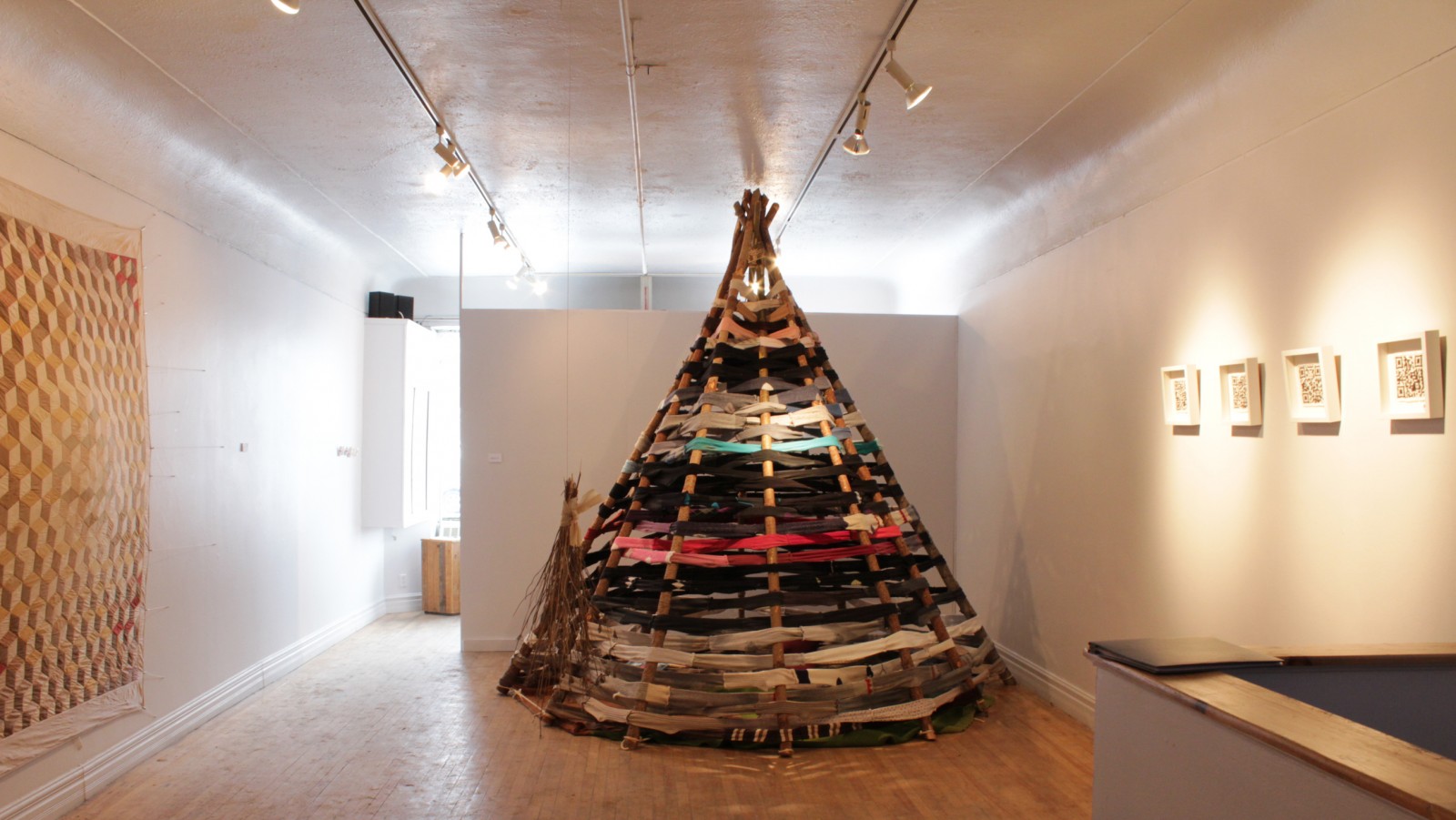
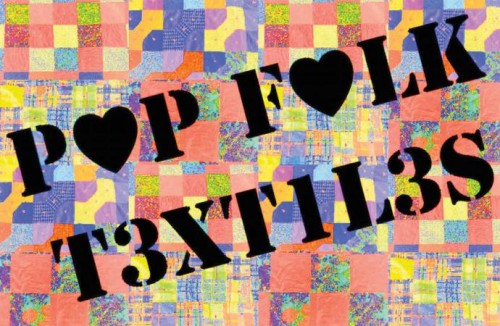 Opening June 26 2015 6-9pm
Opening June 26 2015 6-9pmExhibition June 26th – August 9th 2015FREE AND OPEN TO ALLLocation : Campbell House Museum
160 Queen St W, Toronto, ON M5H 3H3, CanadaOpening hours :
Closed on Monday
Tuesday to Friday 9:30am – 4:30pm
Saturday and Sunday 12:00pm – 4:30pm
The curator, Sophie LeBlanc, was looking for facets of the exhibition’s theme, and an architectural piece was on her list. She saw connections between textiles/fabric and the built environment; both are structure and shelter. The proposition for this piece elaborated on these primary elements, as well as the folk theme, and contributed a spatial aspect to complement the other works in the show.Curator Sophie LeBlanc asked artists to respond to the ubiquity of textiles within our everyday life. After having completed your piece, what do you believe is the value of textiles within contemporary society?Speaking with a man at one of the show openings, he unashamedly believed that textiles are of the greatest importance in our lives and that we ignore them at our peril – at least culturally speaking. At a basic level, textiles furnish our daily lives. The quality and type of fabrics we wear every day speak of our values as much as our tastes. They also speak of our relationship to our environment: how do we obtain and engage with the textiles we use? Do we understand the process of fabric-ation? Does it even matter to us how exactly a wool sweater comes together – the sheep that produced the wool over a year’s time; the person or machine that carded and spun it; the factory or Grandmother that knitted it; the store that sold it? And the final product – does it smell of farm or factory? In our society, our relationship with textiles (as with many other crafts) reveals to a degree our relationship with our environment.
Where did the inspiration come from to utilize socks to create both structural support and enclosure for the structure?
Socks are an obvious choice when speaking of ubiquity, no? Well, as un-obvious as it may be, it must then be all the more an affirmation of their ubiquity.
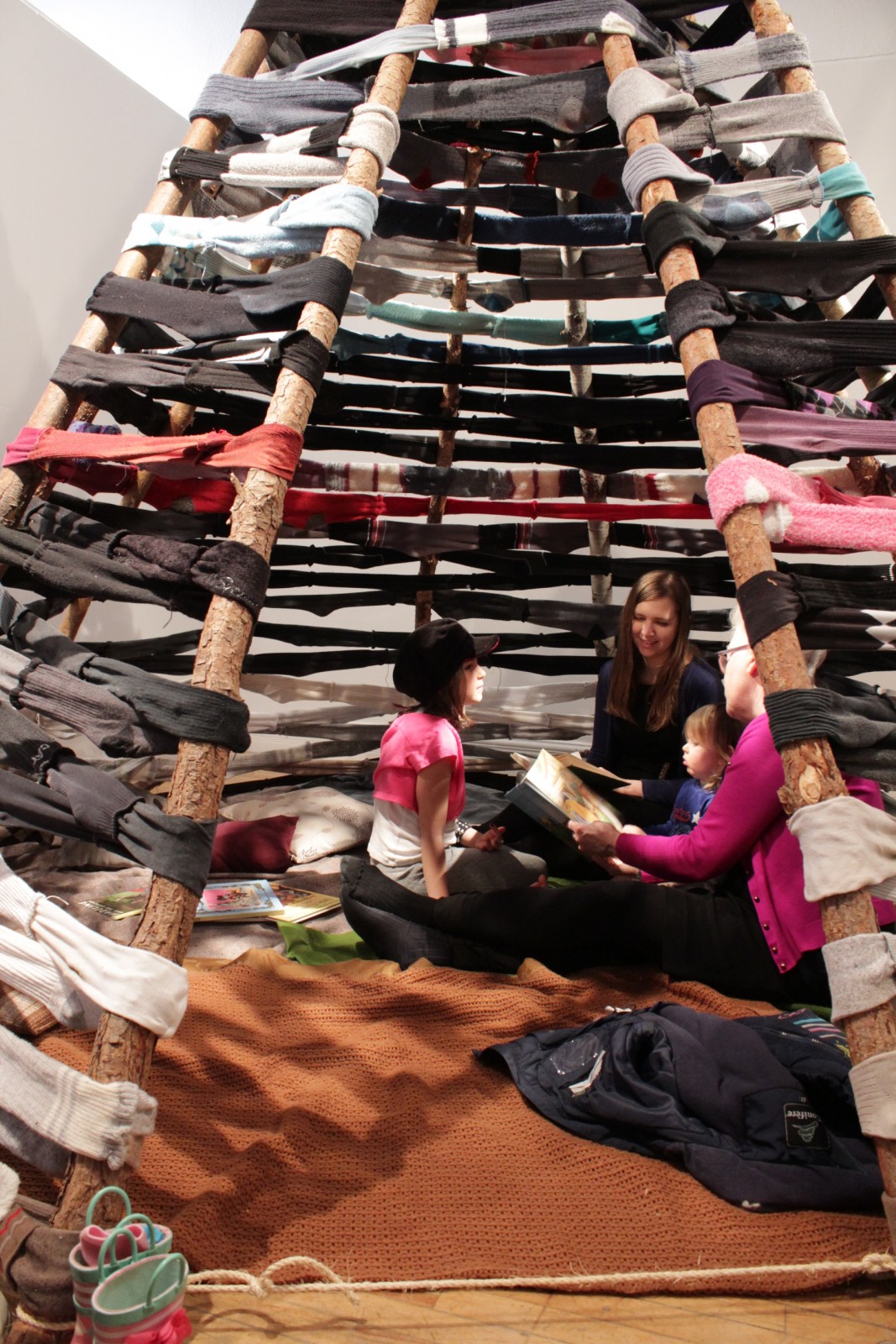
Can you speak about your choice to utilize the traditional indigenous form of the tipi?
The tipi is a most basic structure: the posts are the beams. It’s also one of the most local structures: built from the site. It’s not worth it to transport such simple elements. Chop, strip and lay up. It connects people to place, and this is where culture occurs. As a critical thread in the fabric of this country, the indigenous structure continues to stand strong. It is supported and enclosed by a great diversity of folk, woven together, all calling this place ‘home’. The tipi is also a universal space, transcending dichomoties of settled and transient. It is a connective moment; a refuge of continuity that we carry with us along our journeys. The act of walking the land has long been significant for indigenous peoples. Walking is knowing. Each of the socks carries stories and, brought together, strengthen the framework they weave between, drawing together a picture of the whole. The tension they create forms the shelter.
How has your education and experience in architecture influenced your participation in the POP FOLK T3XT1L3S Exhibition?
I can no longer escape the influence of cultural history, and this is a very good thing. Nothing comes out of a vacuum – the important thing is to know where it does come from and to rigorously test it in contemporary context through envisioning. I first needed to know where textiles and architecture converged, and then in what context I would work. I’ve also learned that delight is a perfectly legitimate explanation for, “Why?” I read something about that once in first year, somewhere… Do they still teach Vitruvius?
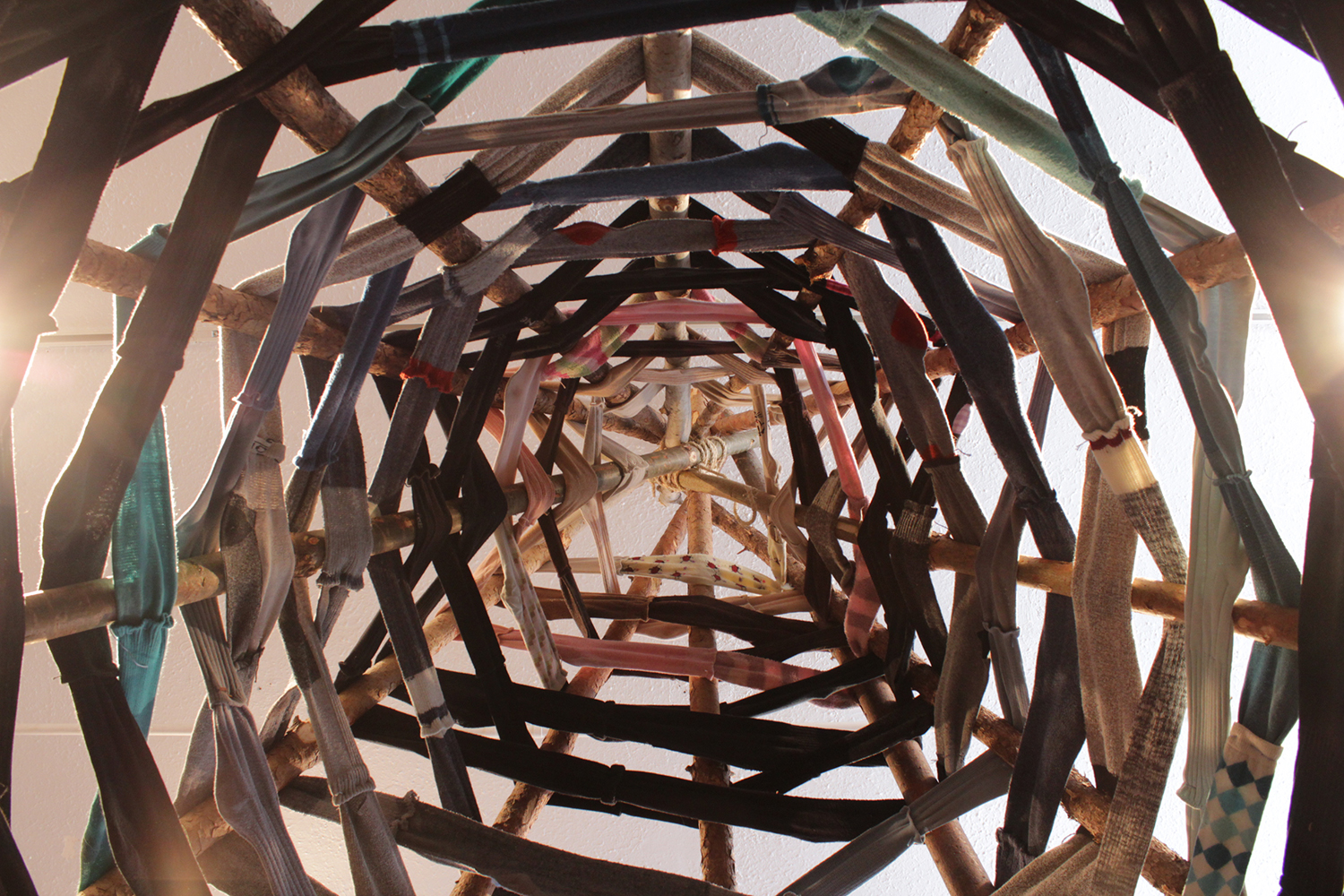



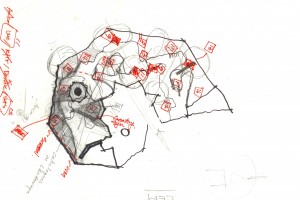
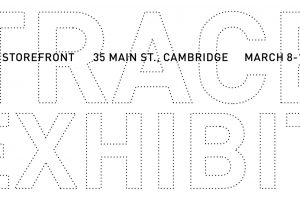
Leave a Reply